Exhibitions
MFA Boston Gets a Game-Changing Gift of Chinese Art Spanning Five Dynasties—See Highlights Here
The museum says the 183-work donation is one of the most significant gifts in its history.
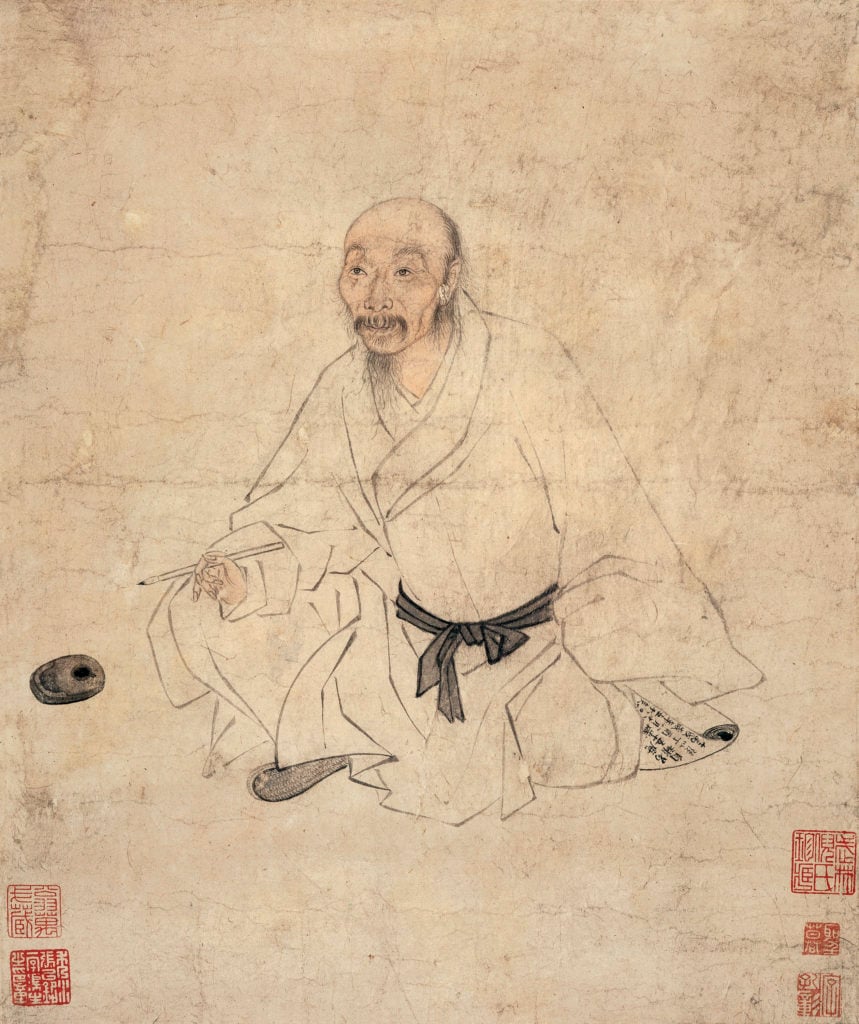
Boston’s Museum of Fine Arts has received a substantial donation of 183 Chinese artworks and artifacts from the art historian and filmmaker Wan-go H.C. Weng. While the museum declined to estimate the value of the donation, a spokeswoman told the New York Times it was “one of the most significant gifts in the museum’s history.”
Much of the collection was handed down through six generations, stretching back to 1865, when Weng’s great-great-grandfather Weng Tonghe worked as a tutor at the Qing dynasty imperial court and would occasionally buy paintings with his limited government wages.
The gift spans 13 centuries and five dynasties of Chinese Imperial rulers, but is weighted heavily towards later Ming and Qing periods, complementing the MFA’s existing collection, which has strong examples of early Chinese painting, but gaps in later periods. The addition of Weng’s collection elevates the MFA’s collection of Chinese painting to one of the most important outside of China.
Speaking to the Boston Globe, the MFA’s curator of Chinese art Nancy Berliner said the contours of the museum’s existing holdings were part of the donor’s calculus. “That was something Wan-go was very aware of for many years,” she said. “His intention was to fill that gap.”
The works include everything from landscapes to portraits, calligraphy, embroidery, and even playing cards. Highlights include the Suzhou Sceneries, an album by Shen Zhou, founder of the Wu School (15th- and 16th- centuries); landscape and calligraphic artist Wen Zhengming’s Nine Letters to Home (16th century); and works by Ming dynasty master Chen Hongshou.
A selection of key pieces from the Weng donation will go on display at the MFA in late 2019, together with a previous donation from the collector, a 53-foot Chinese scroll (17th century) depicting the Yangtze riverbank.
The gift is the second major donation the MFA has received in the last 18 months, following a gift of 113 Dutch golden age paintings from Rose-Marie and Eijk van Otterloo and Susan and Matthew Weatherbie last October.
See highlights of the gift below.
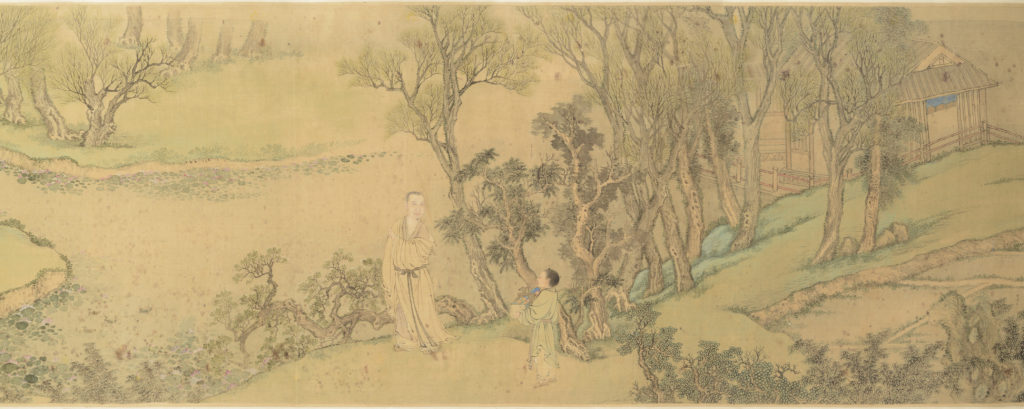
Wang Hui and Jiao Bingzhen Portrait of An Qi in His Garden (detail) (1698). Photo: courtesy of the MFA Boston.
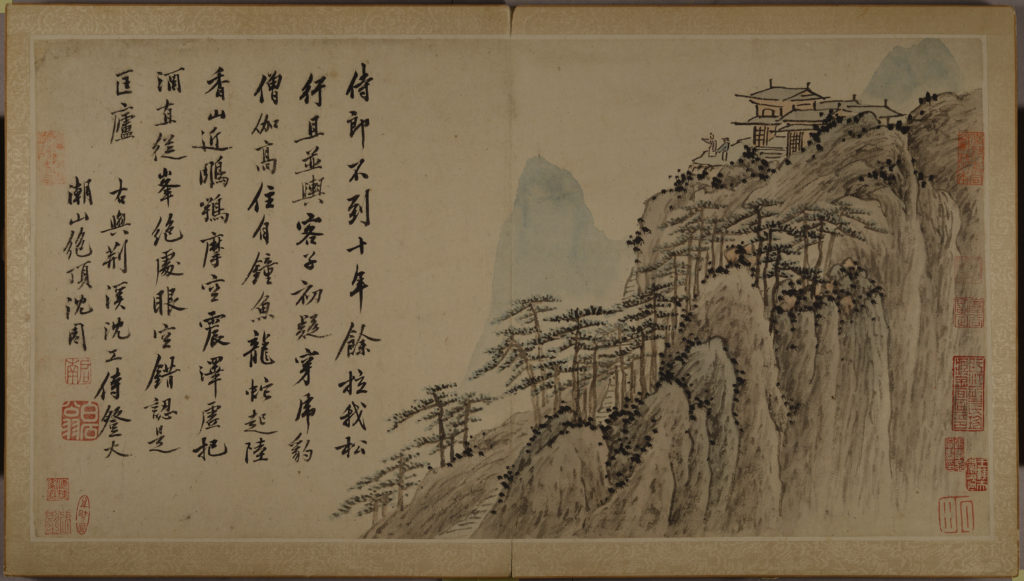
Shen Zhou Landscape of Suzhou Sceneries (detail) (1484-1504). Photo: courtesy of the MFA Boston.
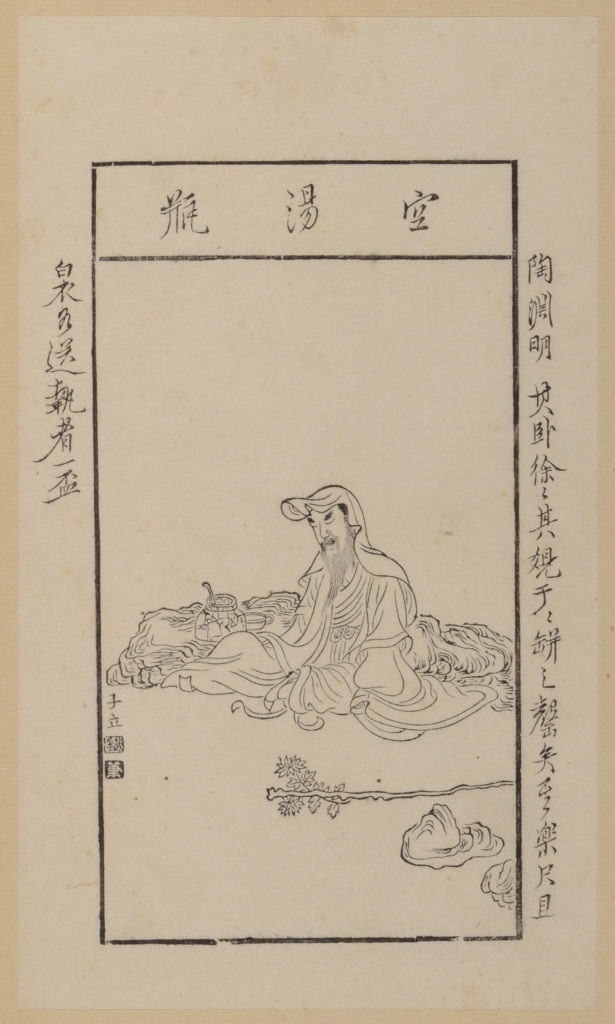
Chen Hongshou Bogu Pai (detail) (1651-1653). Photo: courtesy of the MFA Boston.
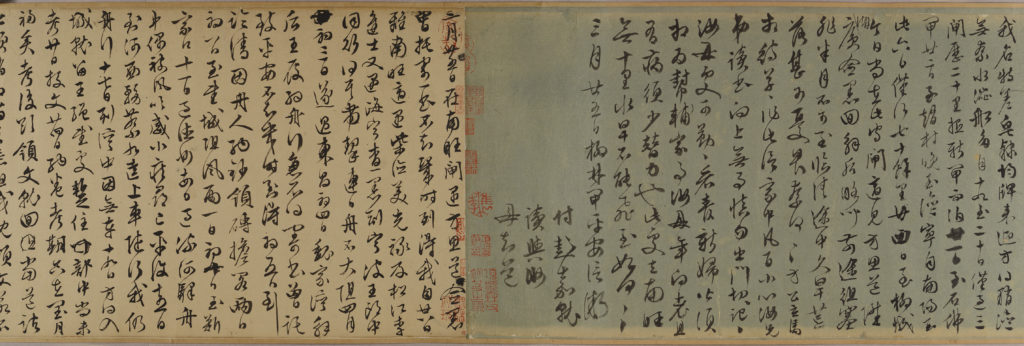
Wen Zhengming Nine Letters to Home (after 1523). Photo: courtesy of the MFA Boston.

Hua Yan Boating Under Autumn Moon (1748). Photo: courtesy of the MFA Boston.
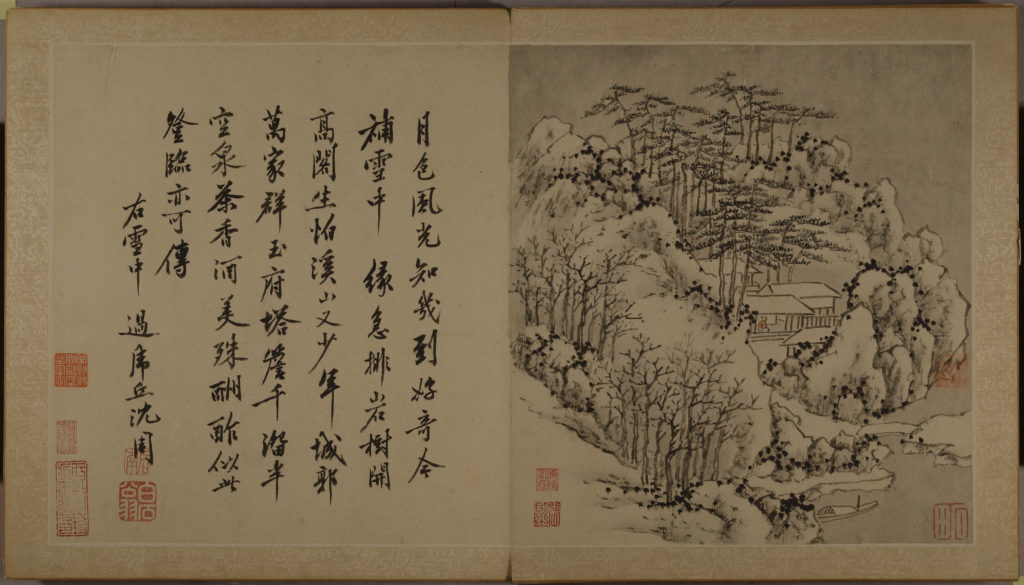
Shen Zhou Landscape of Suzhou Sceneries (detail) (1484-1504). Photo: courtesy of the MFA, Boston.
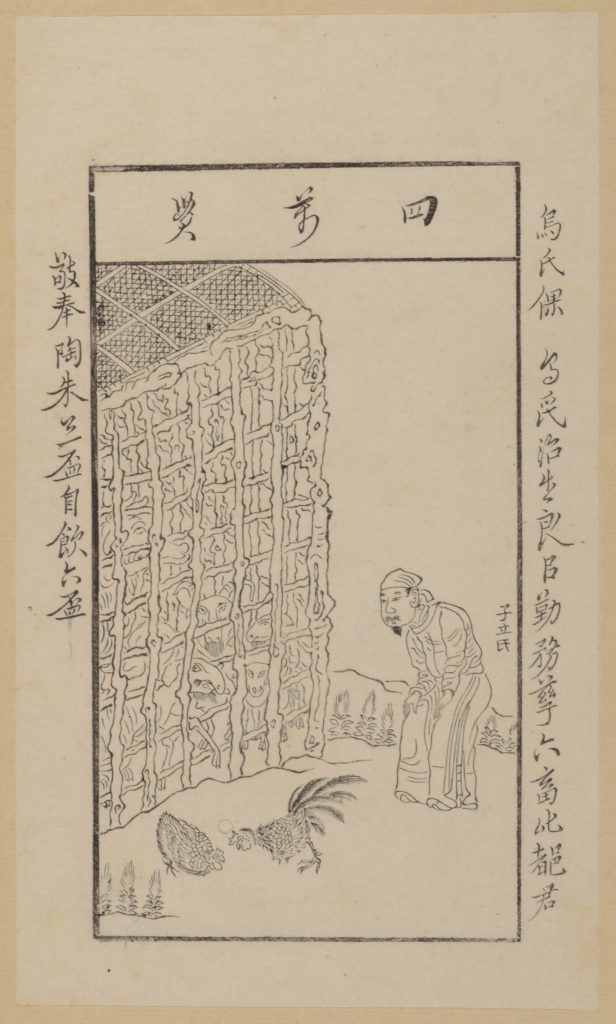
Chen Hongshou Bogu Pai (detail) (1651-1653). Photo: courtesy of the MFA, Boston.
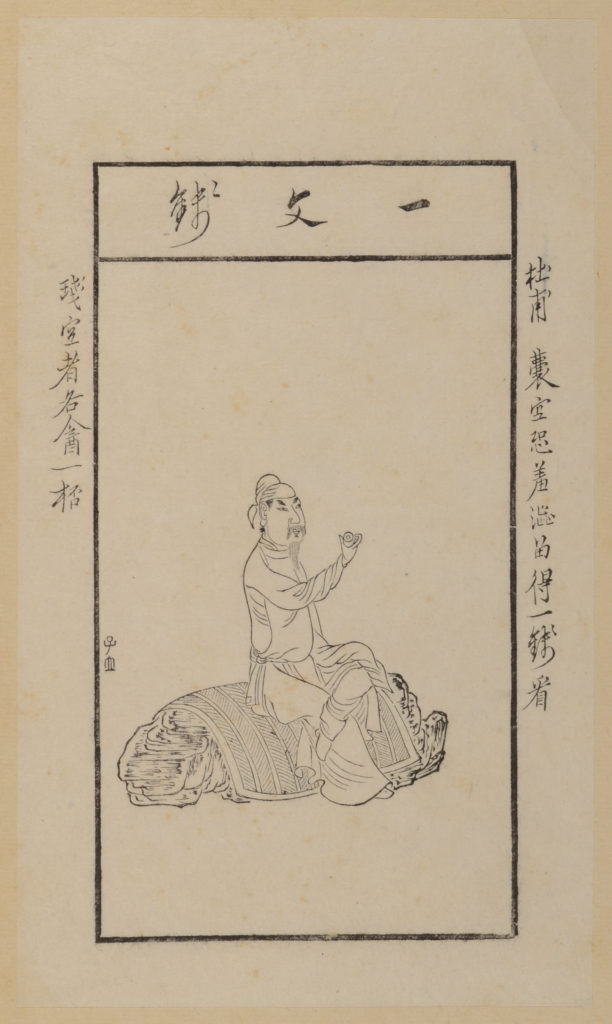
Chen Hongshou Bogu Pai (detail) (1651-1653). Photo: courtesy of the MFA, Boston.
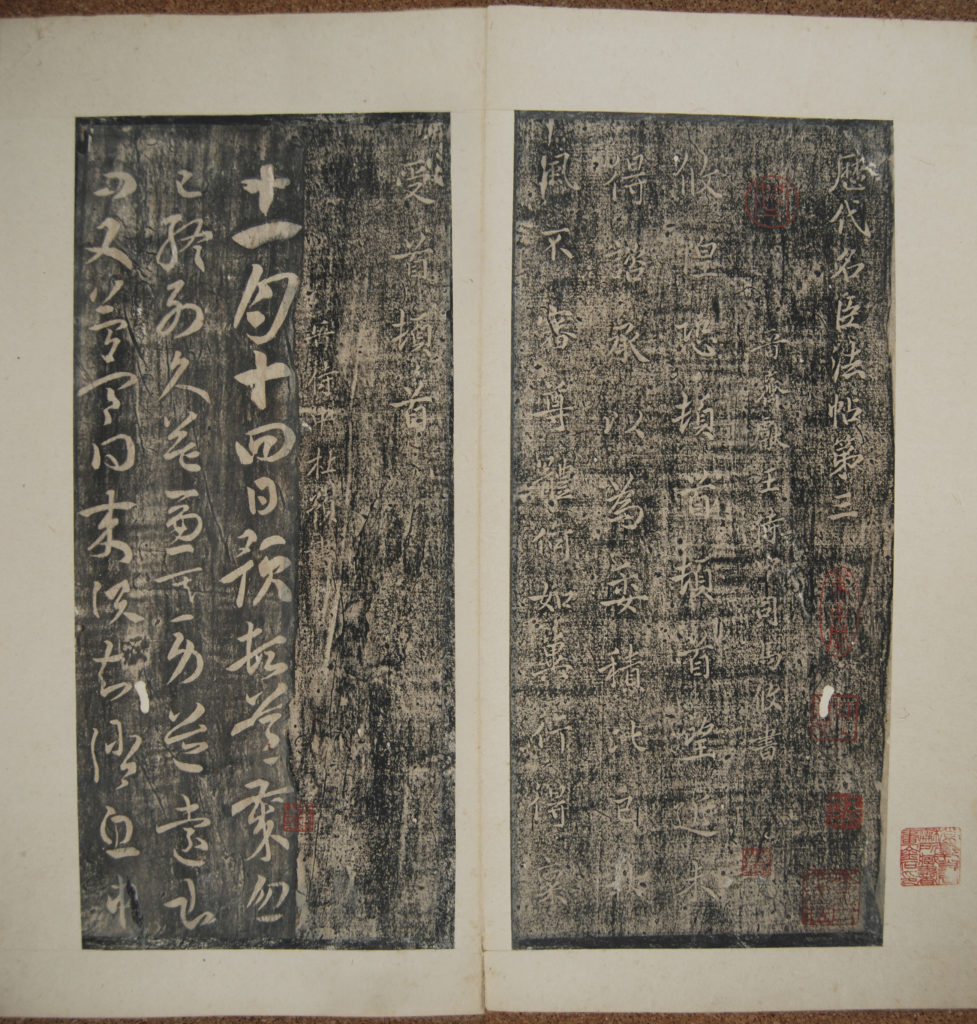
Anonymous Rubbing of a Daguan Tie, vol. III (1109). Photo: courtesy of the MFA, Boston.
Follow artnet News on Facebook:
Want to stay ahead of the art world? Subscribe to our newsletter to get the breaking news, eye-opening interviews, and incisive critical takes that drive the conversation forward.
SHARE
Article topics
Art World
Art Hound: Meet the Adorable Puppy That’s Helping the MFA Boston Protect and Preserve Its Collection
Is this the cutest museum employee ever?
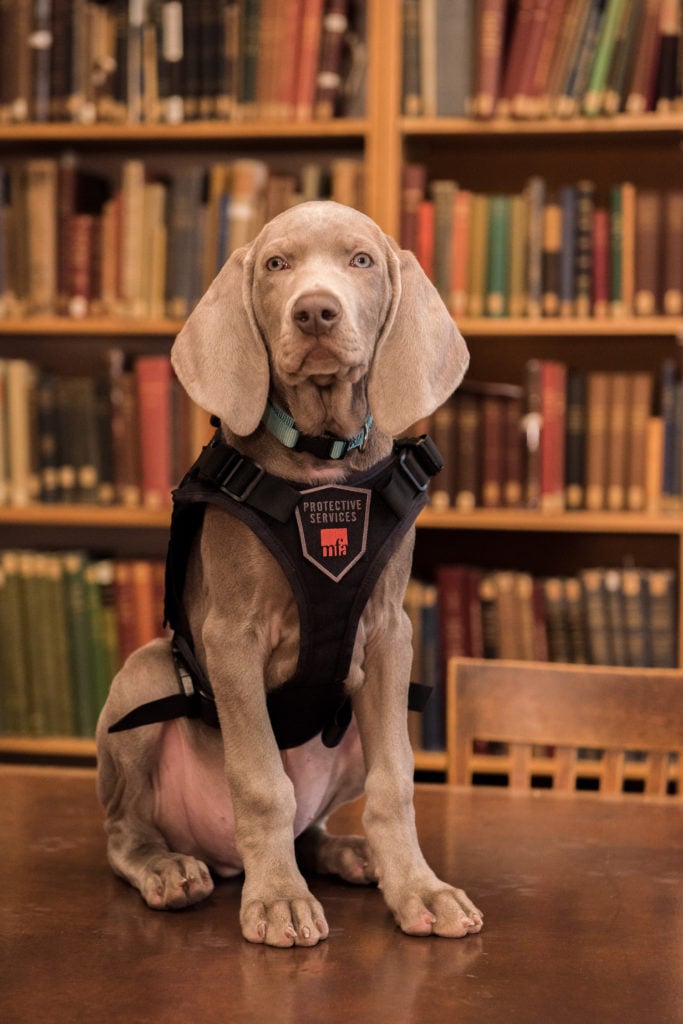
File this one under “news of the adorable”: The latest staff member at the Museum of Fine Arts, Boston, is Riley, a 12-week-old Weimaraner puppy. The institution hopes his impressive olfactory skills can be harnessed to detect insects and bugs, to prevent infestations that might threaten the preservation of museum objects.
Riley belongs to Nicki Luongo, the museum’s head of Protective Services and will work with the MFA on a volunteer basis, reports the Boston Globe. As part of a new pilot program, he’ll be trained to inspect museum objects, sitting down in front of them if he smells moths or other bugs, which can cause damage, especially to textile, wood, or other organic materials.
“Pests are an ongoing concern for museums,” Katie Getchell, chief brand officer and deputy director of the Museum of Fine Arts, told the Globe. “If it is something that works, it’s something that other museums, or other libraries, or other places that collect materials that are susceptible to any kind of infestation like that could use as another line of defense.”
As far as the MFA knows, it is the only institution to add the art-world equivalent of a bomb-sniffing dog to its protocols for keeping bugs in check. (Another new program, K-9 Artifact Finders, from the Penn Museum, Penn Vet Working Dog Center, and Red Arch Cultural Heritage Law and Policy Research, is currently training four dogs to help US customs officers sniff out ancient artifacts, in order to detect stolen and smuggled objects, reports the Daily Pennsylvanian.)
“We use an integrated pest management approach, which means that we do not use pesticides but rather address the symptoms that cause the presence of pests—including pests’ opportunity to enter and leave the building; their food source; and the climate conditions that support their ability to survive,” a representative of the museum told artnet News of existing protective efforts in an email.
“New objects entering the building carrying pests are the most common means of their introduction, and we make every attempt to quarantine, monitor and, if necessary, treat objects as they enter,” she added. “If Riley can be trained to detect the presence of pests either hidden from view or prior to their becoming established, he would be a wonderful addition to the tools available to us.”
As a Weimaraner, Riley is a good choice for the MFA. The American Kennel Club cites the breed’s “ability to work with great speed and endurance in the field,” while Weimaraner Rescue of the South notes that they are “very hardy, with a good sense of smell, and a passionate worker.”
Sadly, for museum-going art lovers, floppy-eared Riley, as cute as he is, will be working almost entirely behind the scenes, leaving little opportunity for interaction with visitors.
See more photos of Riley at work below.
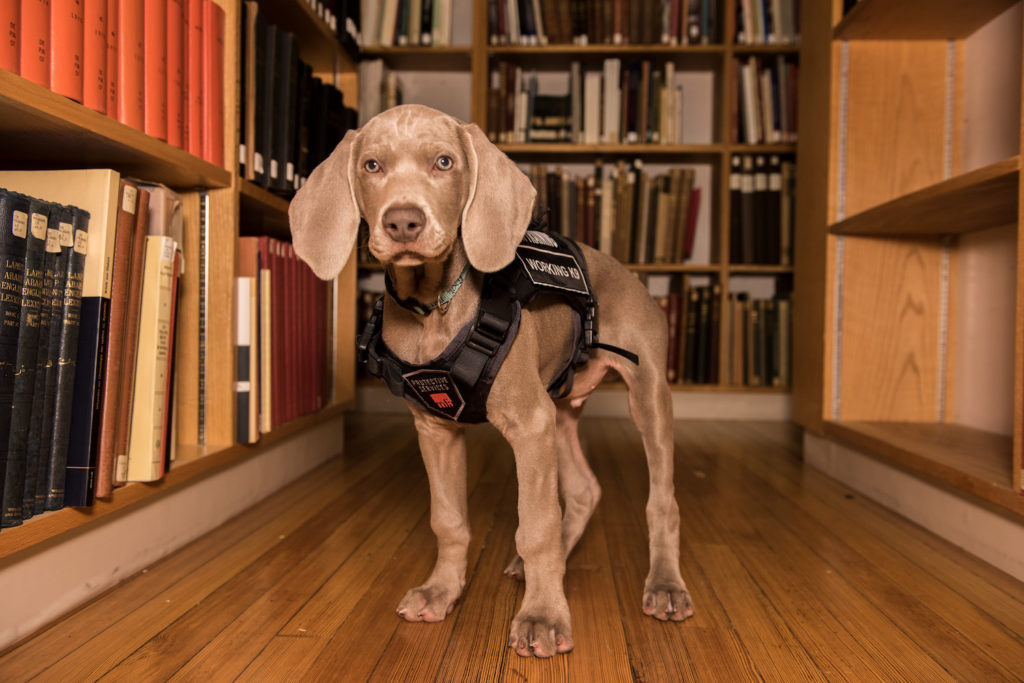
Riley the bug-sniffing Weimaraner at the Museum of Fine Arts. Courtesy of the Museum of Fine Arts.
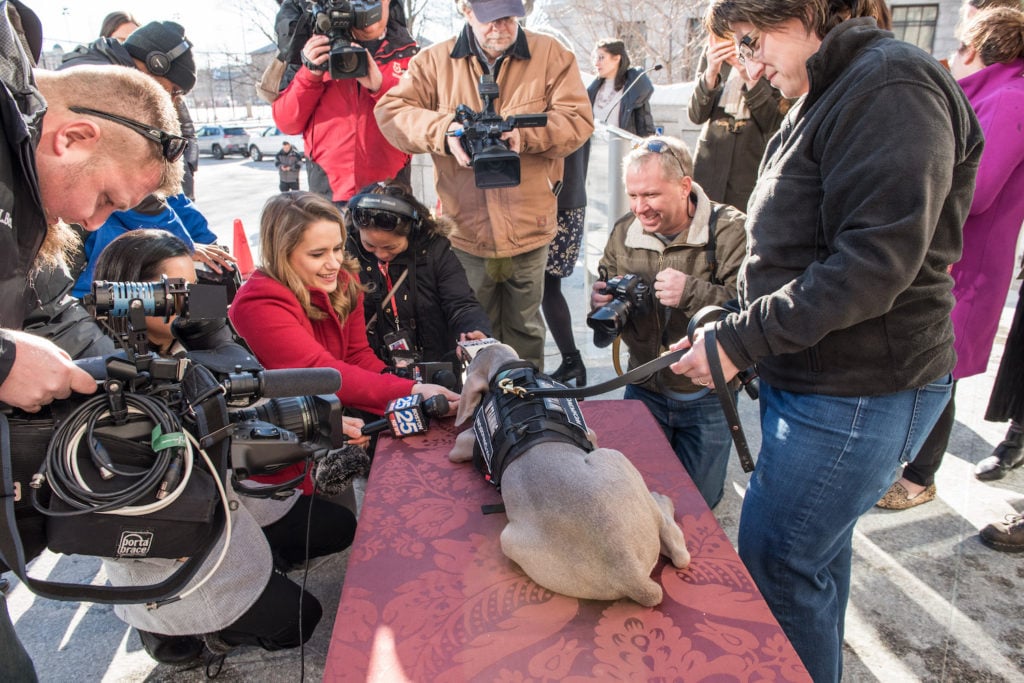
Riley the bug-sniffing Weimaraner at the Museum of Fine Arts. Courtesy of the Museum of Fine Arts.
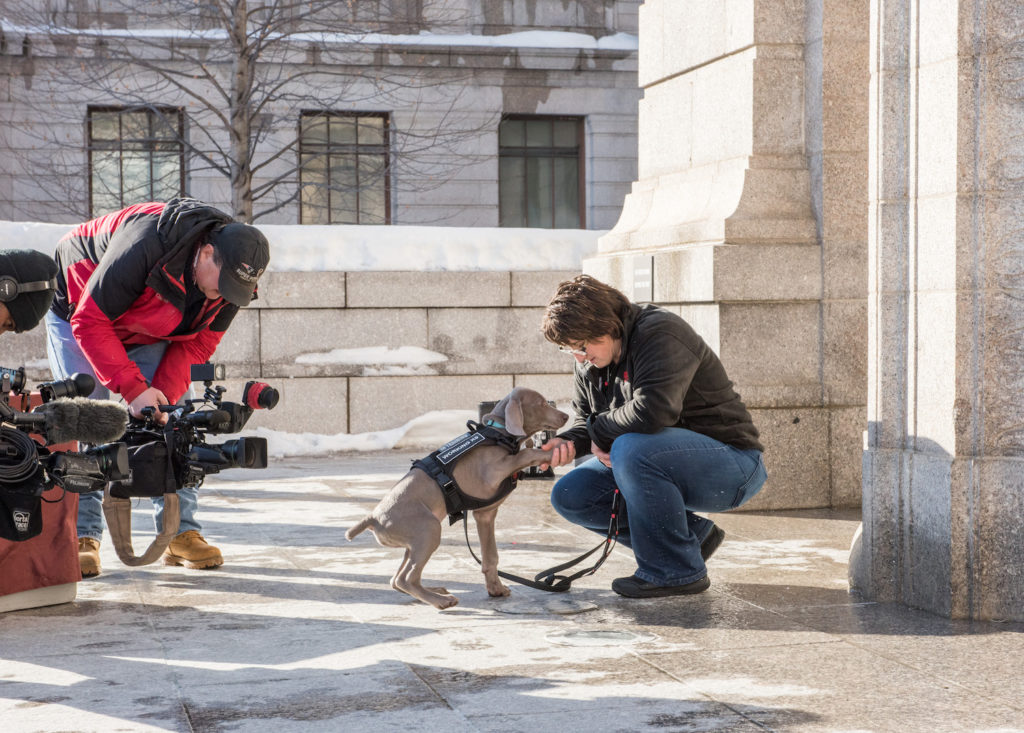
Riley the bug-sniffing Weimaraner at the Museum of Fine Arts. Courtesy of the Museum of Fine Arts.
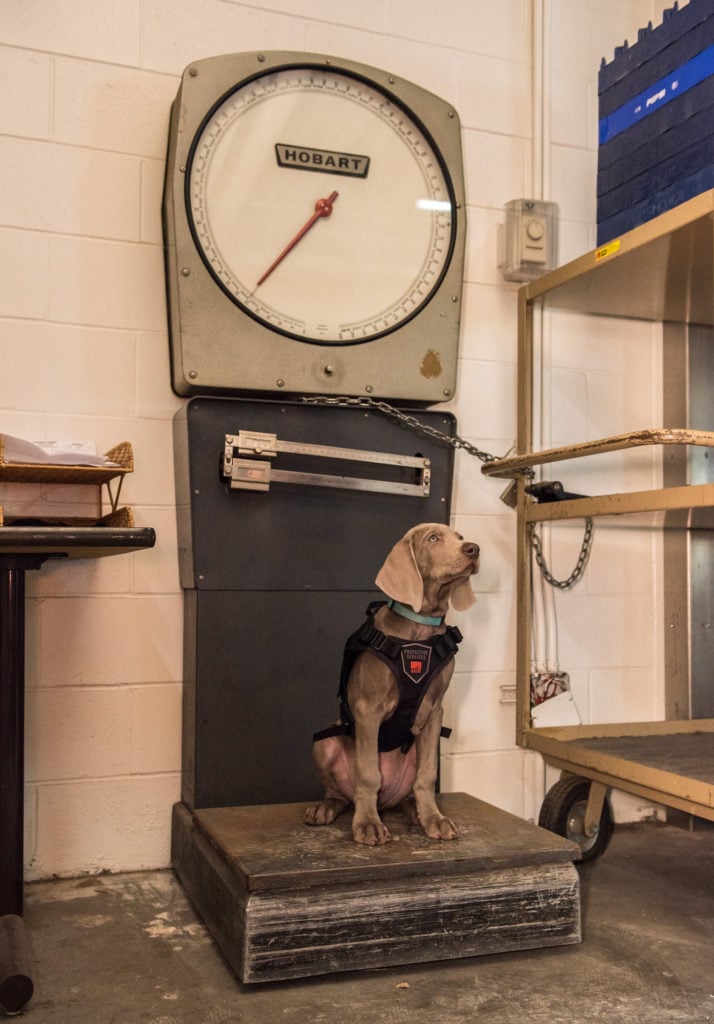
Riley the bug-sniffing Weimaraner at the Museum of Fine Arts. Courtesy of the Museum of Fine Arts.

Riley the bug-sniffing Weimaraner at the Museum of Fine Arts. Courtesy of the Museum of Fine Arts.
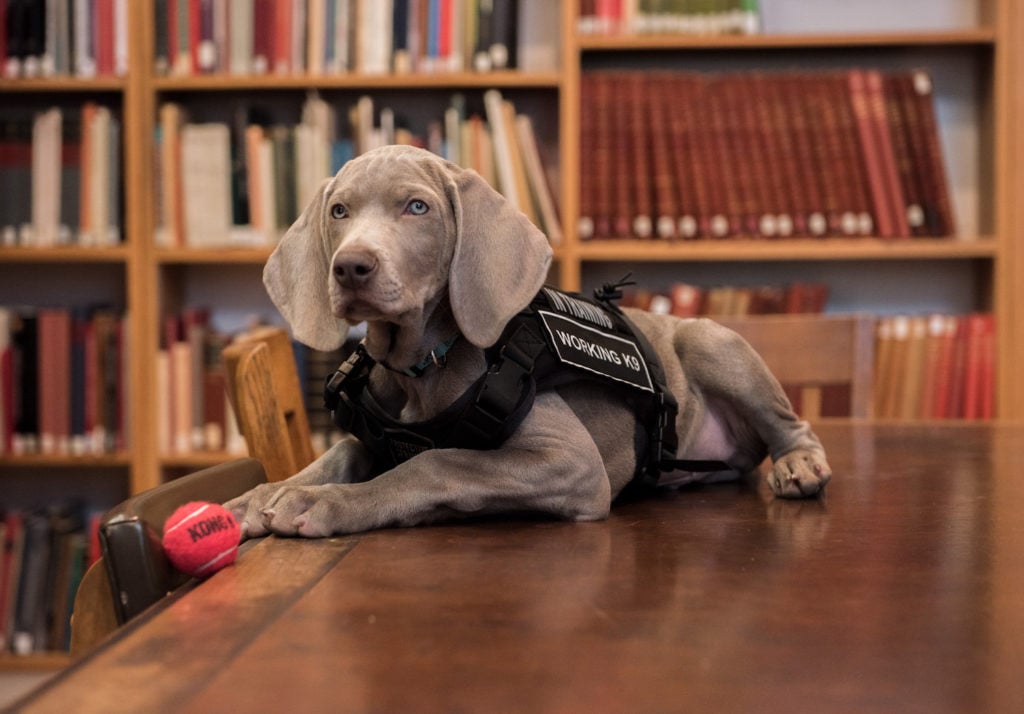
Riley the bug-sniffing Weimaraner at the Museum of Fine Arts. Courtesy of the Museum of Fine Arts.
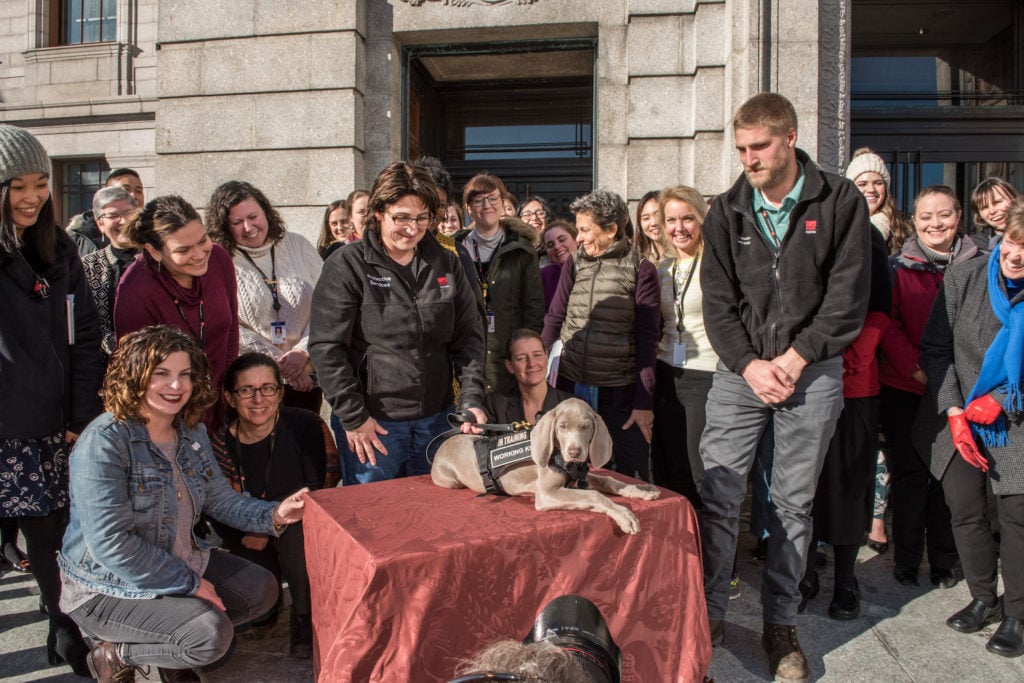
Riley the bug-sniffing Weimaraner at the Museum of Fine Arts. Courtesy of the Museum of Fine Arts.
Follow artnet News on Facebook:
Want to stay ahead of the art world? Subscribe to our newsletter to get the breaking news, eye-opening interviews, and incisive critical takes that drive the conversation forward.
SHARE
Article topics
On View
Overnight, Boston Just Became a Unmissable Destination for Lovers of Dutch Golden-Age Art
The gift of 113 works nearly doubles the museum's holdings of Dutch Golden Age paintings.
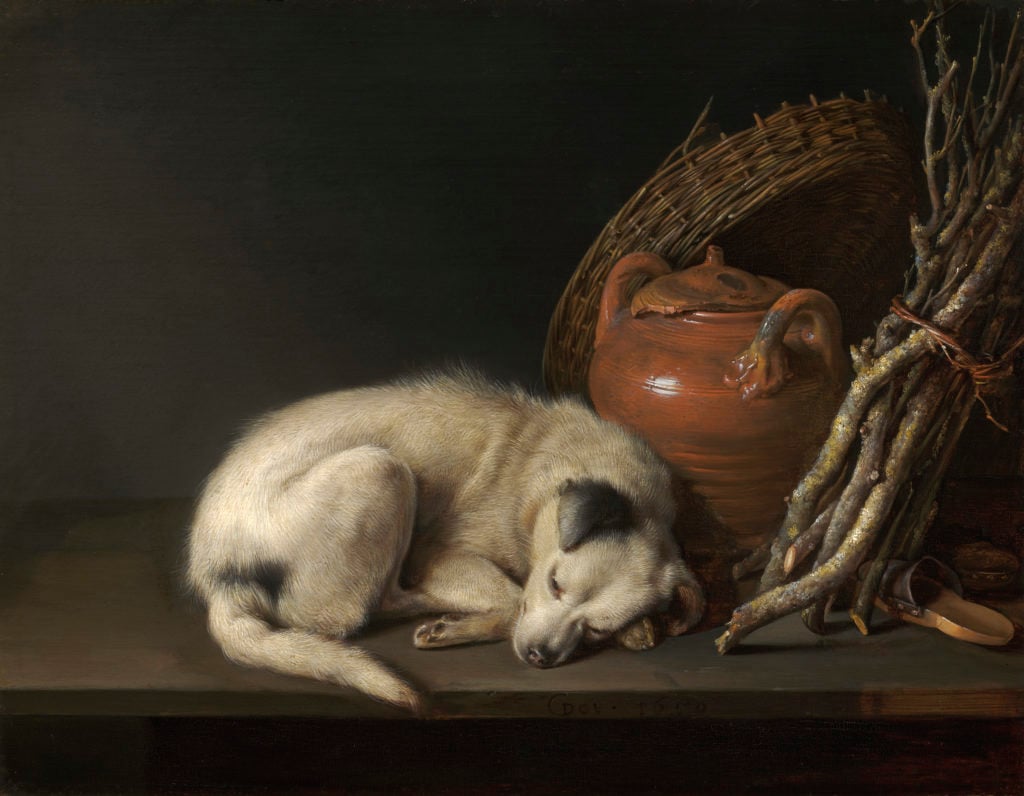
The Museum of Fine Arts, Boston, has become—seemingly overnight—one of the country’s preeminent destinations for Dutch art from the Golden Age.
The museum announced yesterday that two Boston-area collector couples, Rose-Marie and Eijk van Otterloo and Susan and Matthew Weatherbie, plan to donate a combined 113 works of Dutch and Flemish art by 76 artists. The gift will also include funds to establish a dedicated center for Netherlandish Art at the MFA, the first of its kind in the US, and an extensive research library.
The pledged works include arguably the finest and best-preserved Rembrandt portrait in private hands, Portrait of Aeltje Uylenburgh (1632), and other works by Rubens, Anthony van Dyck, and Jan Brueghel the Elder. The collection constitutes the largest gift of European paintings in the MFA’s history and will nearly double its Dutch and Flemish holdings.
The donation will completely transform the museum’s collection, the MFA’s senior curator for painting Ronni Baer told artnet News. “The gift has an enormous impact on us,” she explained. “There are 48 artists, a huge number that are not represented in our collection already. It both broadens our collection and deepens it, in some cases.”
Particular highlights for Baer include Gerrit Dou’s Dog at Rest (1650), which has been on loan to MFA and has become one of its most popular paintings, and Willem Kalf’s Still Life With a Peeled Lemon (1664), a rare well-preserved example that illustrates why the painter is sometimes called “the Vermeer of still life.”
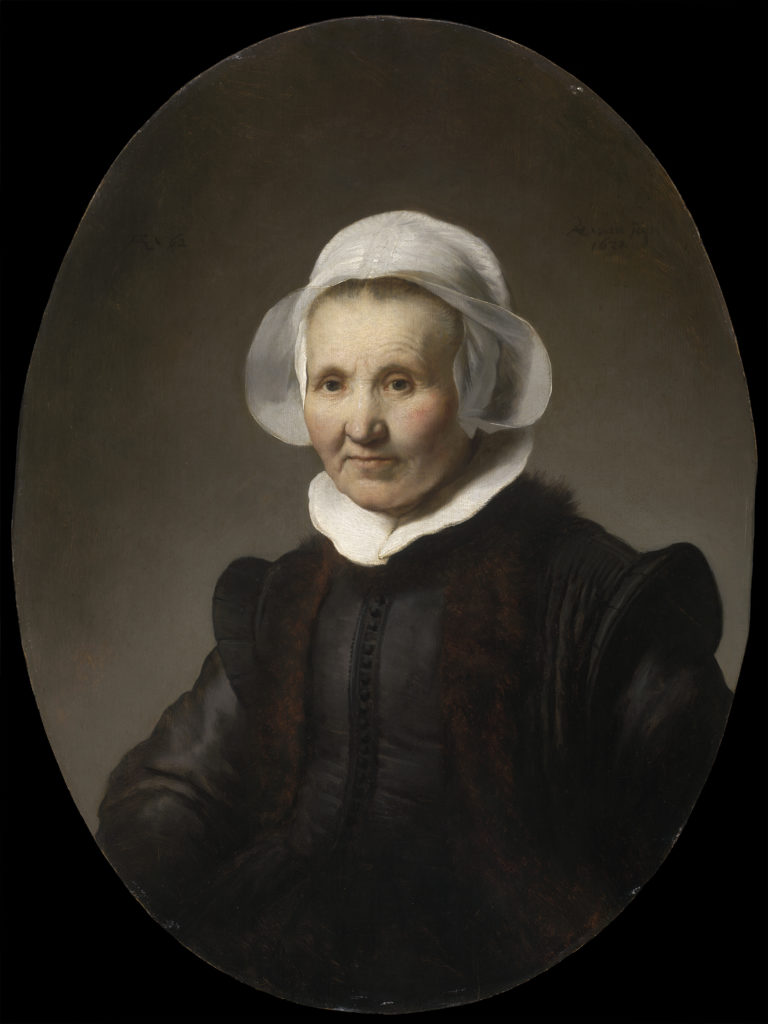
Rembrandt van Rijn Portrait of Aeltje Uylenburgh (1632) Photo: Rose-Marie and Eijk van Otterloo Collection, Courtesy Museum of Fine Arts, Boston.
To give visitors a taste of the significant donation, the museum is currently presenting an exhibition of 42 of the pledged works interspersed with paintings from its existing holdings (on view through January 18). The couples will continue to add to their collections over time, now taking into account exactly how their purchases gel with the MFA’s broader collection.
The MFA beat out a number of institutions in the Boston area and beyond for the coveted gift. Ultimately, Eijk van Otterloo told the Boston Globe, it came down to the MFA and the Yale University Art Gallery. The couples ultimately decided that they wanted to have their collection seen by the broadest possible audience, rather than a specialized academic one.
To that end, the deal also includes a provision that 85 percent of the collection must be on view at any given time, either at the MFA Boston or other institutions.
The van Otterloo and Weatherbie donation will also serve as the foundation for the new Center of Netherlandish Art, an academic study center and research library scheduled to open in 2020. The van Otterloos have donated their extensive archive of more than 20,000 monographs, catalogs, and rare books.
“One of the reasons why these two couples want to give their paintings to the MFA was the understanding that we would establish a center for the center of Netherlandish art because there’s no such place in America at all,” Baer said. “The intent is to train the next generation of scholars of Dutch art.”
An exact date for the full integration of the gift into the MFA’s collection has not been set. In the meantime, view highlights of the landmark gift below.
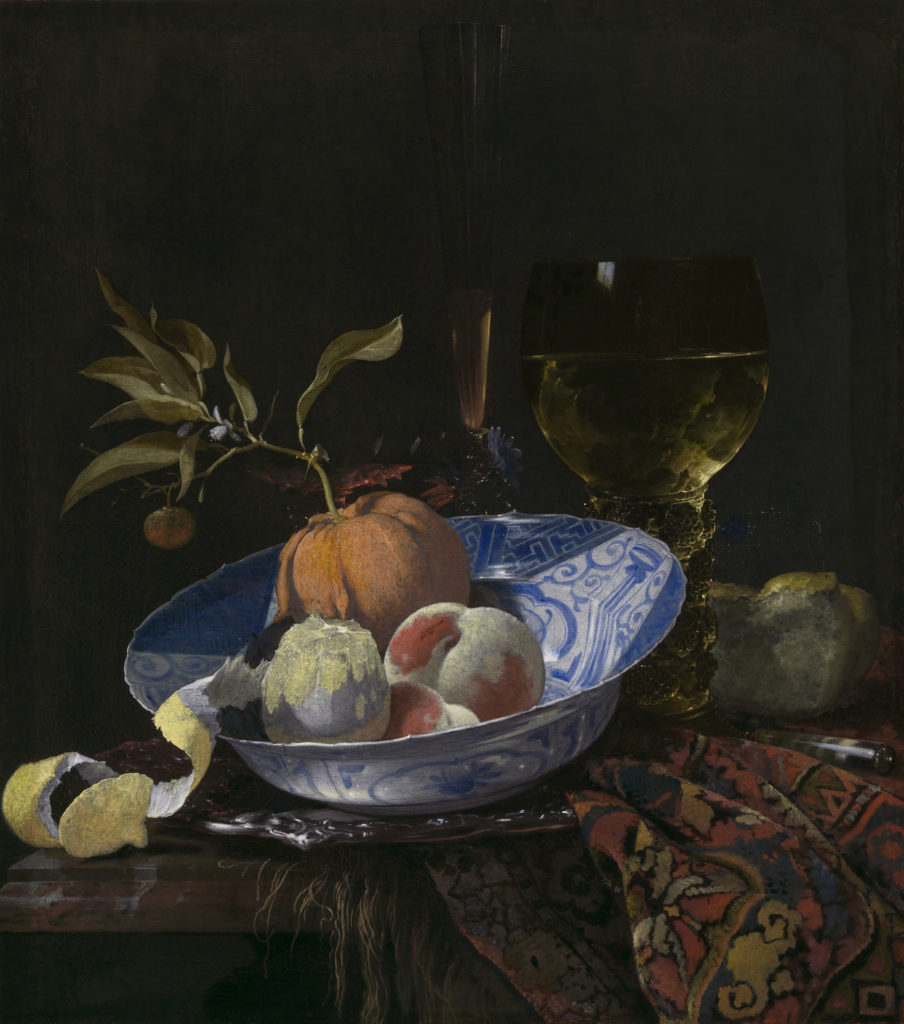
Willem Kalf Still Life with a Peeled Lemon (1664). Photo: Rose-Marie and Eijk van Otterloo Collection, Courtesy Museum of Fine Arts, Boston.
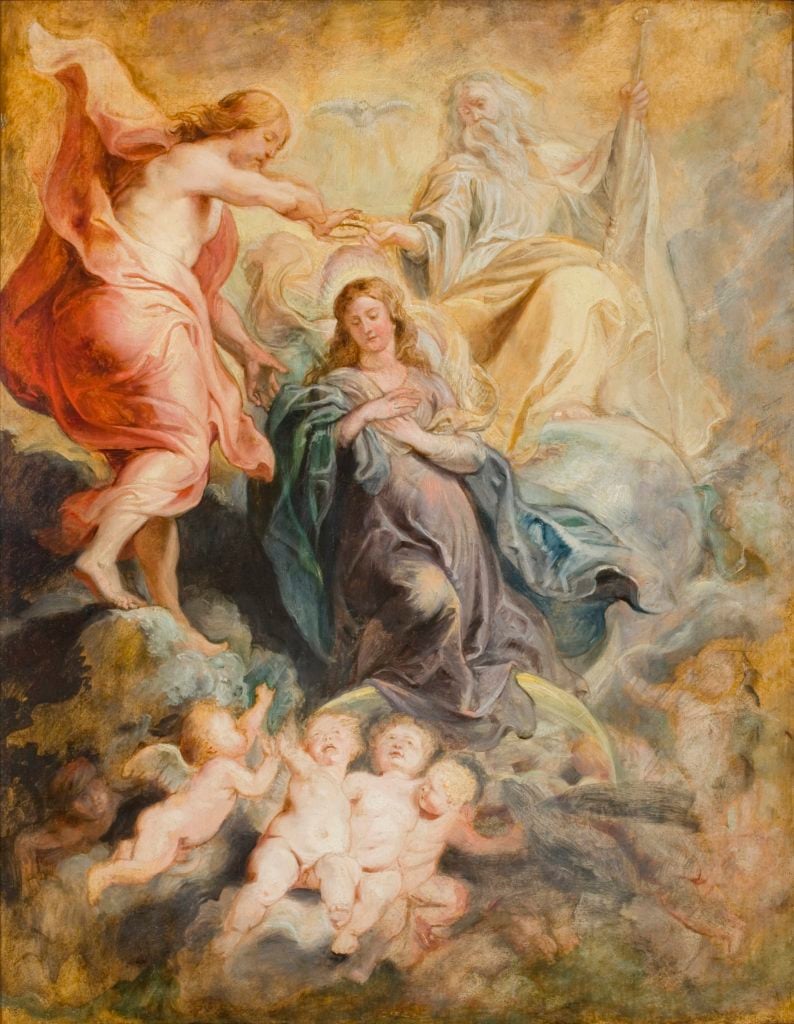
Peter Paul Rubens Coronation of the Virgin (ca. 1623). Photo: Susan and Matthew Weatherbie Collection, Courtesy Museum of Fine Arts, Boston.
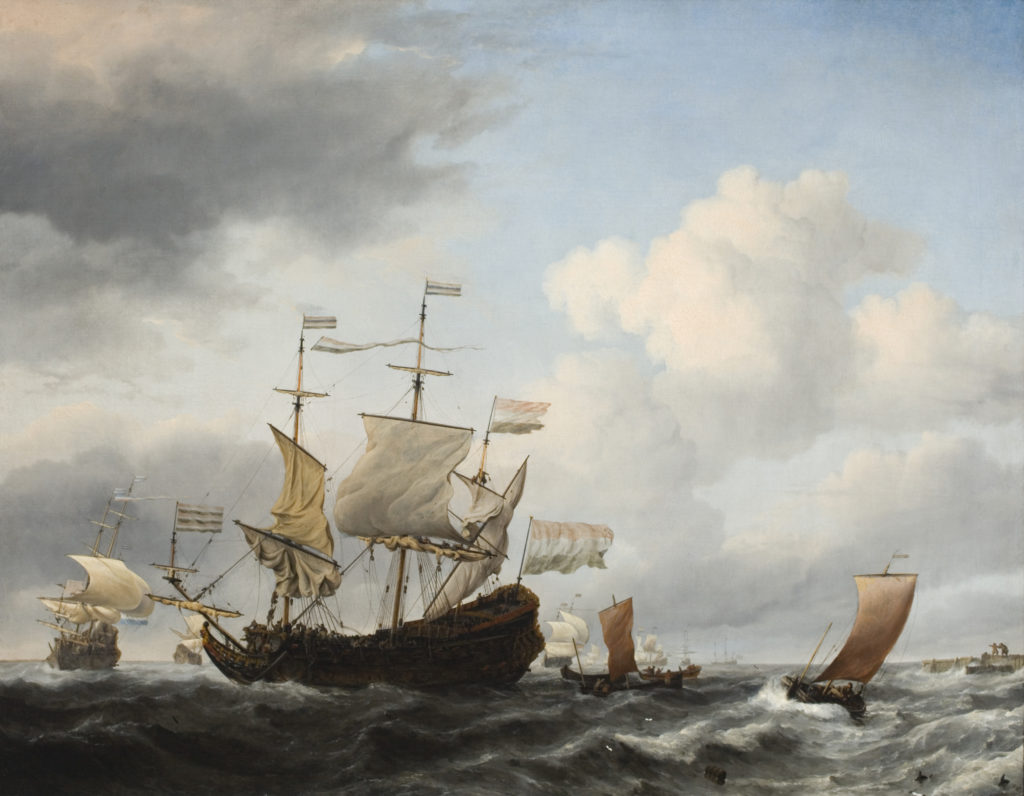
Willem van de Velde the Younger A Dutch Flagship Coming to Anchor (ca. 1672).
Photo: Susan and Matthew Weatherbie Collection, Courtesy Museum of Fine Arts, Boston.
Photo: Susan and Matthew Weatherbie Collection, Courtesy Museum of Fine Arts, Boston.
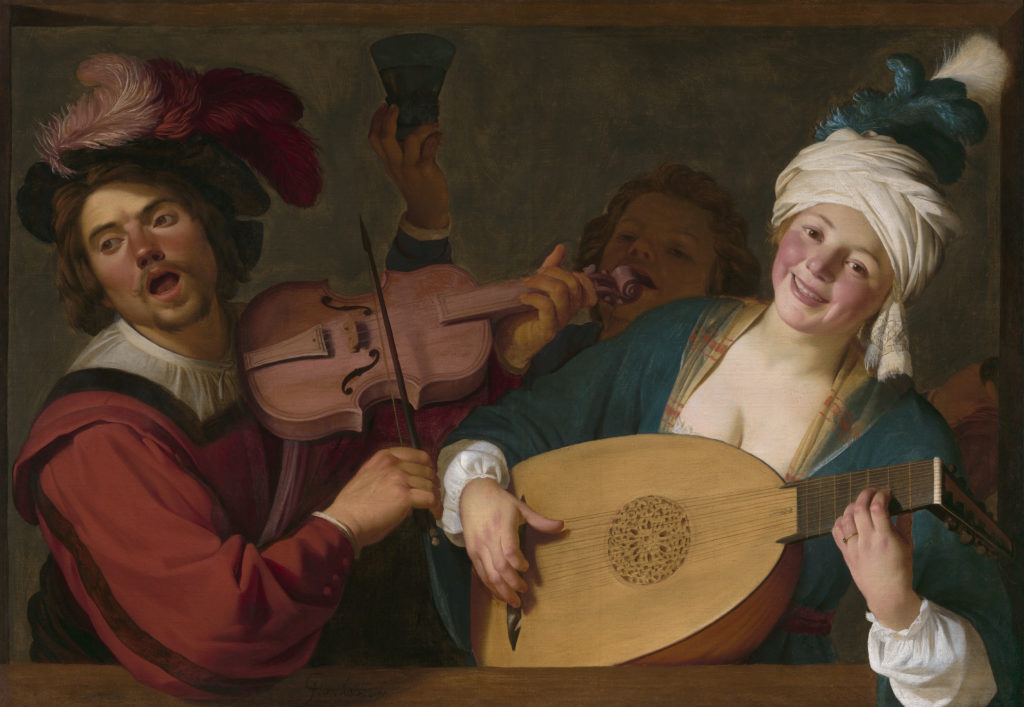
Gerrit van Honthorst A Merry Group behind a Balustrade with a Violin and a Lute Player (ca. 1623). Photo: Rose-Marie and Eijk van Otterloo Collection, Courtesy Museum of Fine Arts, Boston.
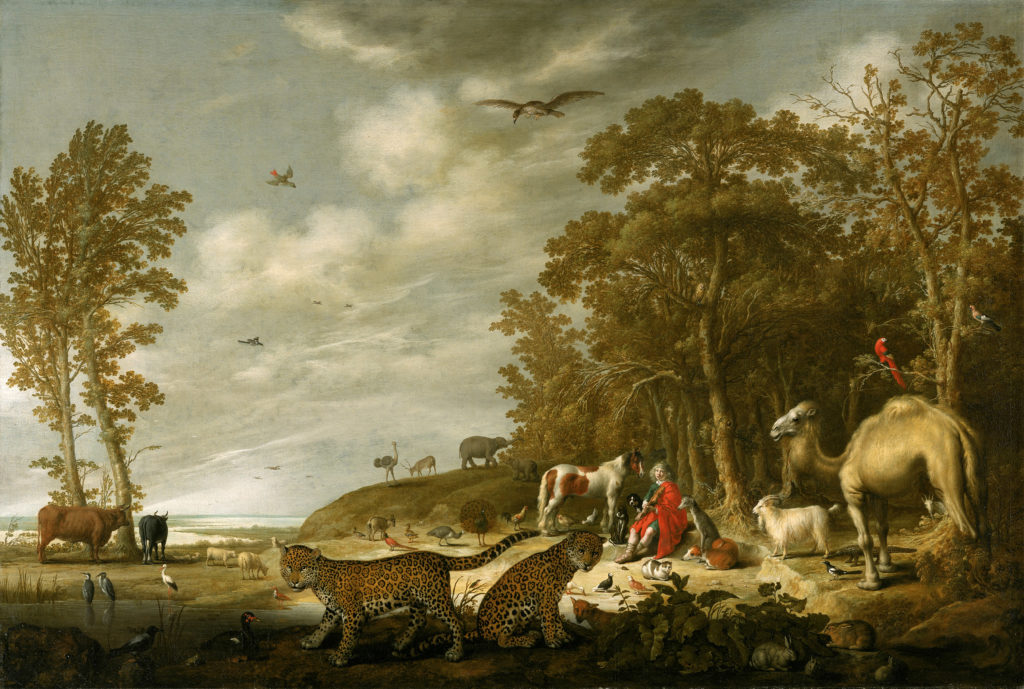
Aelbert Cuyp Orpheus Charming the Animals (ca. 1640). Photo: Rose-Marie and Eijk van Otterloo Collection, Courtesy Museum of Fine Arts, Boston.
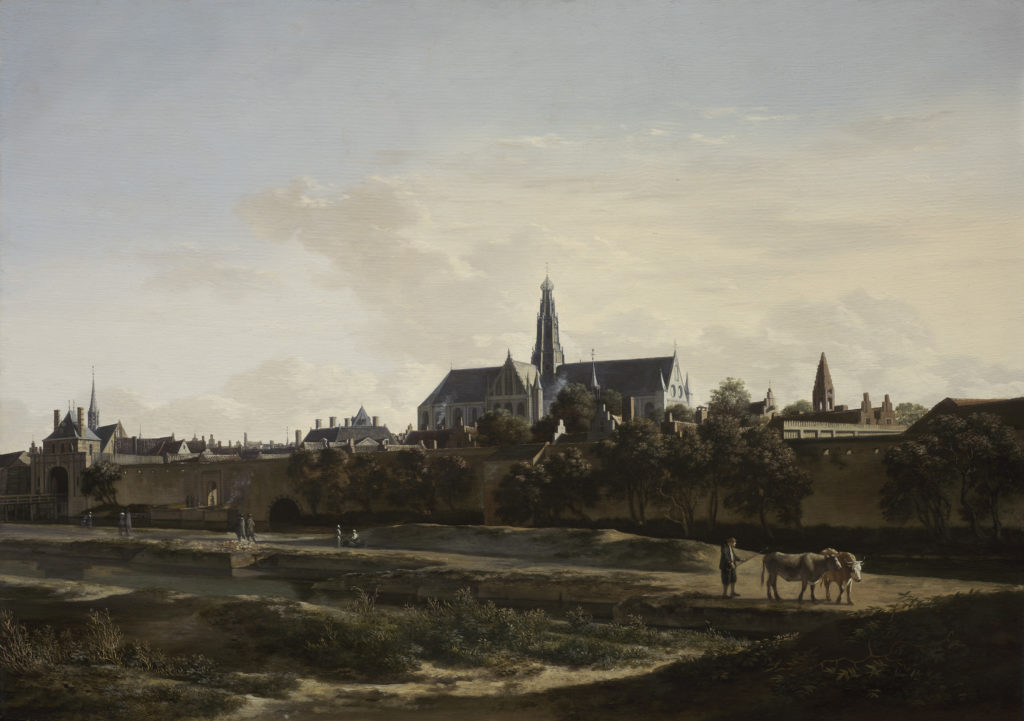
Gerrit Adriaensz Berckheyde View of Haarlem (ca. 1671). Photo: Rose-Marie and Eijk van Otterloo Collection, Courtesy Museum of Fine Arts, Boston.
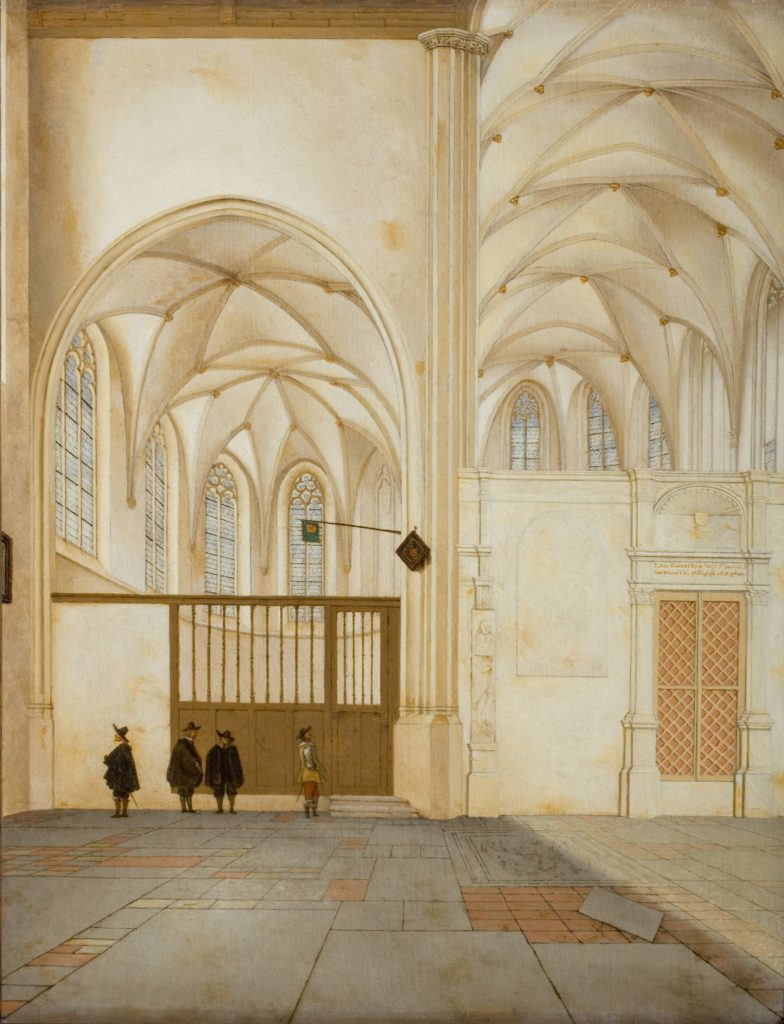
Pieter Jansz Saenredam North Transept and Choir Chapel of the Sint Janskerk, Utrecht (1655). Photo: Susan and Matthew Weatherbie Collection, Courtesy Museum of Fine Arts, Boston.
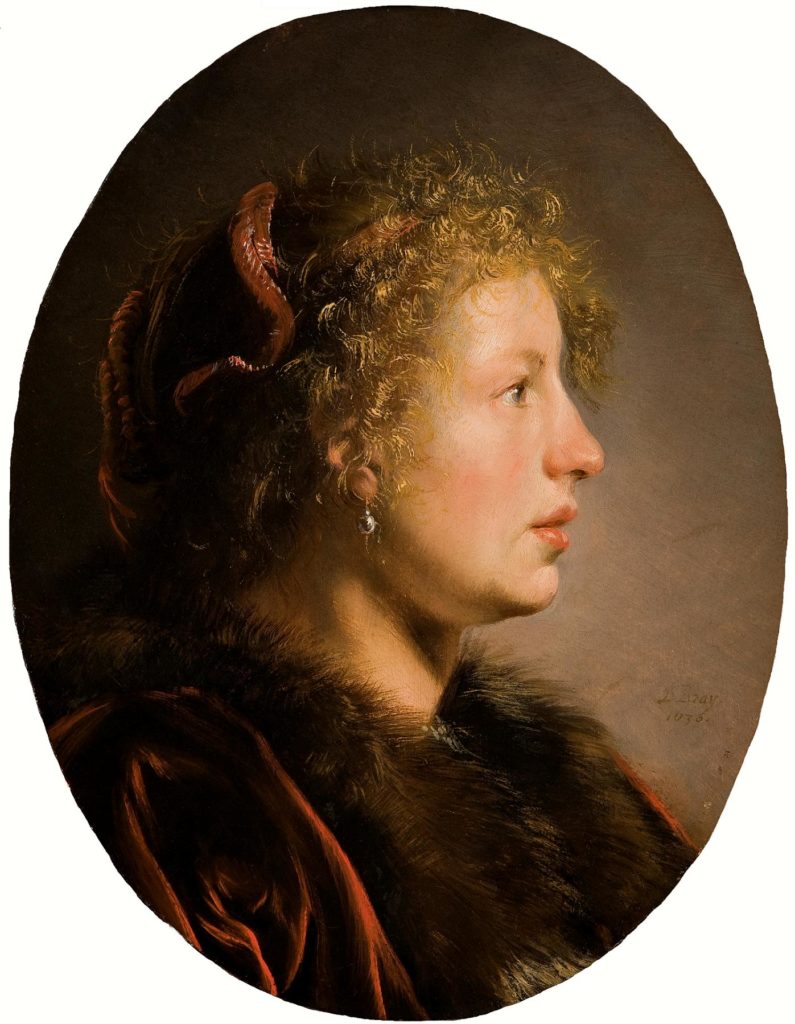
Salomon de Bray Study of a Young Woman in Profile (1636). Photo: Rose-Marie and Eijk van Otterloo Collection, Courtesy Museum of Fine Arts, Boston.
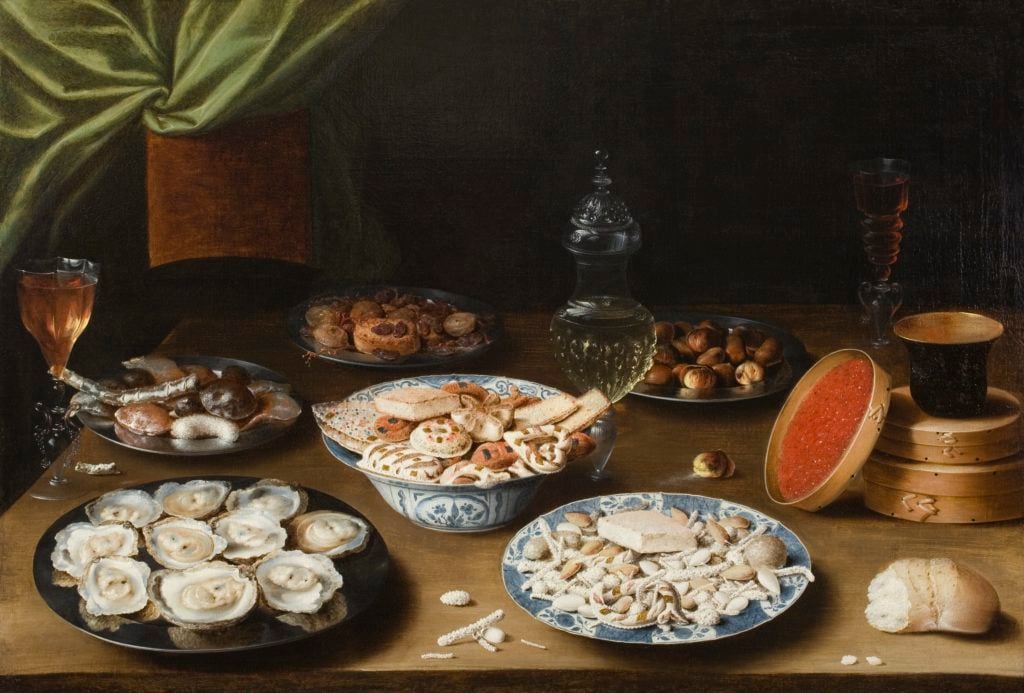
Osias Beert Still Life with Various Vessels on a Table (ca. 1610). Photo: Susan and Matthew Weatherbie Collection, Courtesy Museum of Fine Arts, Boston.
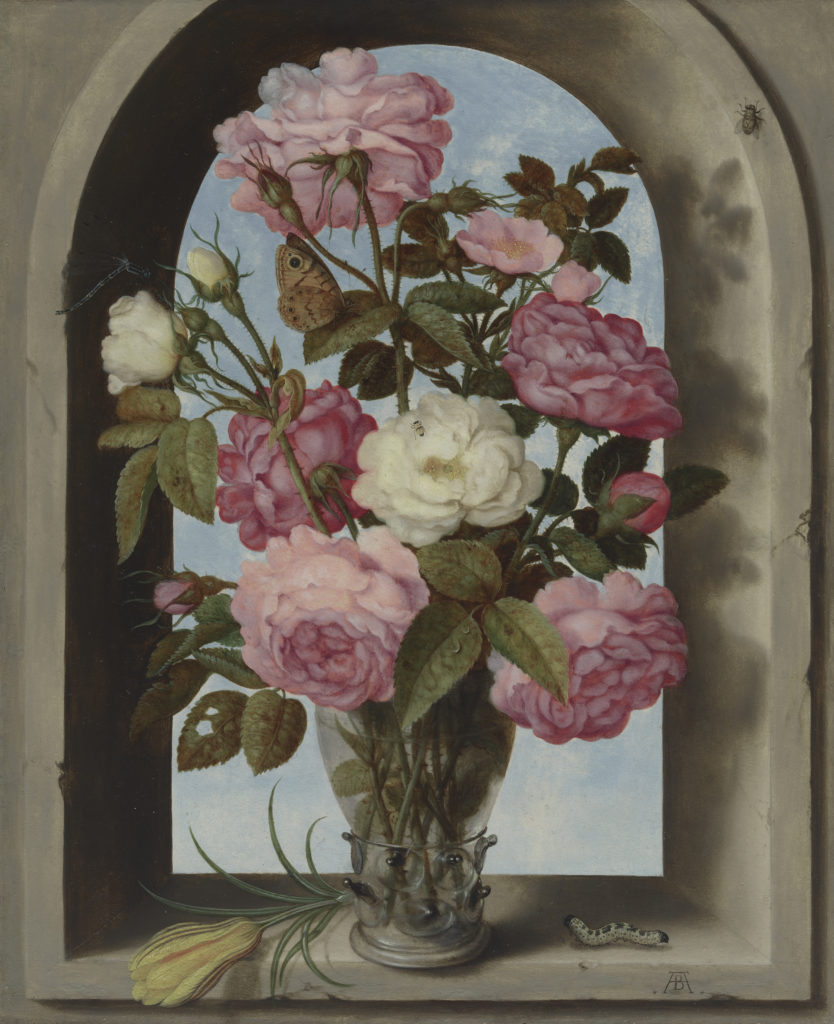
Ambrosius Bosschaert the Elder Still Life with Roses in a Glass Vase (ca. 1619). Photo: Rose-Marie and Eijk van Otterloo Collection, Courtesy Museum of Fine Arts, Boston.
Follow artnet News on Facebook:
Want to stay ahead of the art world? Subscribe to our newsletter to get the breaking news, eye-opening interviews, and incisive critical takes that drive the conversation forward.
SHARE
Article topics
Art World
Asian Americans Defend Boston MFA Over Kimono Event As Debate Rages On
The aggrieved could have claimed victory, but they're not satisfied.
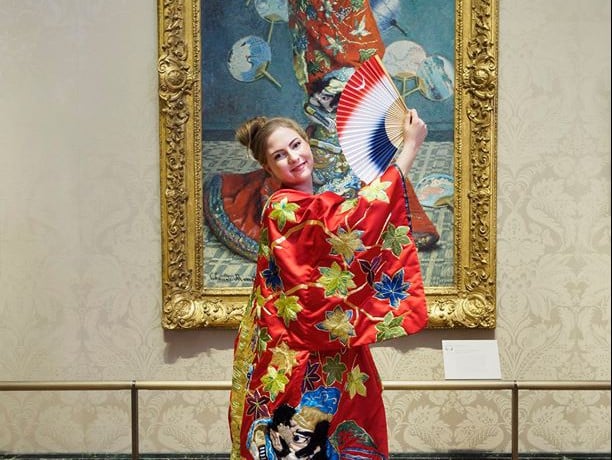
Photo Museum of Fine Arts Boston, via Facebook.
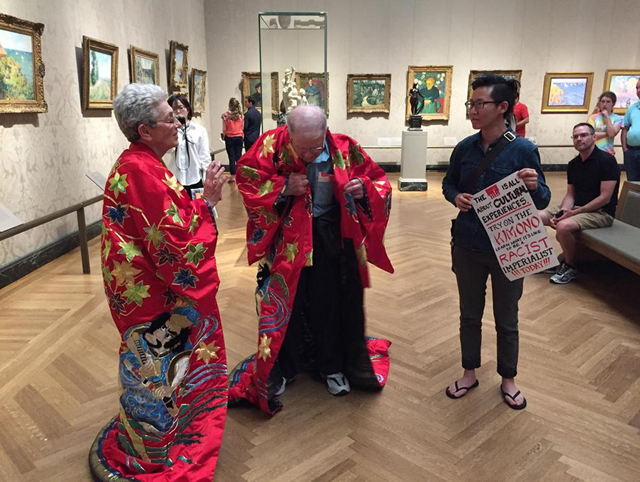
A protester at the Museum of Fine Arts Boston.
Photo: via Amber Ying, Twitter.
Photo: via Amber Ying, Twitter.
Protestors against a kimono try-on event at the Museum of Fine Arts Bostonare upping the ante. They have issued an extensive list of demands, following an apology on the museum’s website.
The dustup began when the museum organized a recurring gallery event, “Kimono Wednesdays,” in which visitors tried on a Japanese-made replica robe while standing in front of a Claude Monet painting of his wife wearing a formal kimono.
Several protestors took to the gallery during the event, decrying what they classify as racism, cultural insensitivity, and cultural appropriation.
This was plainly a publicity stunt that went horribly awry. When an internal memo with talking points for staffers, including the defense “We don’t think it’s racist,” was leaked to protesters, it made matters worse.
In its defense, the museum points out that it was the first to establish a Japanese collection in the US and to appoint a curator who specialized in the area—in 1890, no less. It boasts nearly 4,000 paintings and upward of 30,000 ukiyo-e prints, one of the largest collections of its type in the world. Distinguished donors like Leonard Lauder have made gifts to the museum, which has sent its treasures to tour art institutions throughout Japan.
The MFA, in the wake of the protests, apologized and canceled future kimono try-on events on Tuesday, but said it would keep the kimono on view for visitors to handle, as an educational offering.
At this point, it would have been easy for the aggrieved to move on. But neither the apology nor the cancellation satisfied the protesters.
The new “list of demands and charges” from the group, which calls itself Stand Against Yellow Face @ the MFA, is nearly 2,000 words in length. They group is offended by everything from the prospect that the MFA planned to curate the photos resulting from the event for its Facebook and Instagram accounts to the fact that the robe, they say, is an uchikake, not a kimono. (An uchikake is a formal variety of kimono, or outer robe, used in wedding ceremonies.)
They demand that the museum apologize not only on its website but via “multiple media outlets and on social media” and that it explain “why this event is unacceptable.”
They also require that “Kimono Wednesdays” be stopped altogether; that public talks titled “Flirting with Exoticism” be renamed; and that didactic materials be edited so that “the history of art” be “properly acknowledged and framed.”
They place their complaints in the context not only of stereotypes like Mickey Rooney’s buck-toothed character in Breakfast at Tiffany’s but also of Black Lives Matter protests over institutionalized racism and police brutality. Notably, they do not mention Japanese internment camps during World War II. US nuclear attacks against Japan don’t come up either.
“By choosing a painting of a European woman to highlight and to invite the public to dress in her ‘kimono,’” they write, “the MFA is continuing in this tradition of exoticizing the ‘East’ through the lens of a misogynist White patriarchal West while contributing to the invisibilization and erasure of the AAPI [Asian American and Pacific Islander] experience.”
“Cultural Appropriation is simply a manifestation of Institutional Racism,” they assert. “Orientalism is a branch of it.”
Five organizers sign the list: they call themselves Xtina, Ames X, Amber Ying, Pampi, and Loreta Paz Ansaldo.
News outlets from the Boston Globe to the BBC and the New York Timeshave taken notice of the fracas.
But, interestingly, Asian-Americans are not united on whether the event is even culturally insensitive, much less racist.
Japanese-American blogger Keiko K., for her part, has published an epic blog post of her own defending the event. Thoughtful and extensively sourced, it’s nearly 5,000 words, and well worth a read.
“I feel like the word ‘racist’ gets thrown around far too easily,” she writes, and refers to the OED’s definition (showing or feeling discrimination or prejudice against people of other races, or believing that a particular race is superior to another) to let the MFA off the hook on that charge.
“Yellowface” isn’t in the OED, she adds, but referring to its definition of blackface, which refers to patronization of blacks by those who are “insincerely or ineffectively nonracist,” she gives the museum a pass there too. She writes,
If you accept that La Japonaise was Monet’s commentary on japonisme it would seem that what the MFA is actually inviting the public to do is to pretend to be a white woman who is obsessed with Japanese culture which I find ironic. They are not inviting the public to pretend to be Japanese. I understand that subtlety may be lost on most museumgoers but this is why I don’t think it can be characterized as yellowface.
She also points out that “kimono try-on is an established part of Japanese cultural sharing.” She adds that Japanese craftsmen custom-created the kimono, which she interprets as granting permission for the MFA to hold the event.
She goes on,
I’m not so sure the Japanese take La Japonaise that seriously. San-X produced a dango-wielding La Japonaise Rilakkuma stuffed animal with a duck warrior on the kimono to sell at the museums in Japan where Looking East [a traveling museum show] was exhibited (via RilakkumaLifestyle). It’s sort of an absurd art mirroring life mirroring art—the French borrowing from the Japanese who have borrowed it back and made it something kawaii.
She allows that for visitors to don the kimono who don’t know anything about the painting, its context, or Japanese culture, it might be “culturally appropriative,” but doesn’t find that troubling enough to cancel the event.
“All but one of the Japanese and JAs [Japanese-Americans] I talked to said they didn’t feel the MFA’s events were offensive or racist,” she writes. “The one JA who was offended said he couldn’t get worked up about it.”
Far more of the people she polled, she said, were deeply offended by passages in Supreme Court Justice Clarence Thomas’s dissent on the court’s recent gay marriage ruling. He asserted that slavery in America and WWII-era internment camps didn’t deprive blacks or Japanese people of their dignity because dignity is innate, and not the province of government to grant or deny. By his logic, gay marriage is bad, but slavery and internment camps are not so bad.
Now that’s something I think we can all get worked up about.
Follow artnet News on Facebook:
Want to stay ahead of the art world? Subscribe to our newsletter to get the breaking news, eye-opening interviews, and incisive critical takes that drive the conversation forward.
SHARE
Article topics



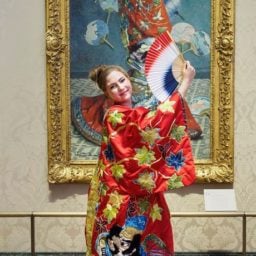

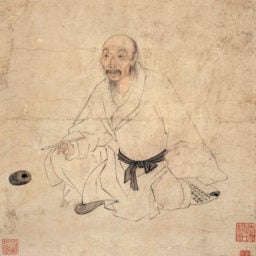

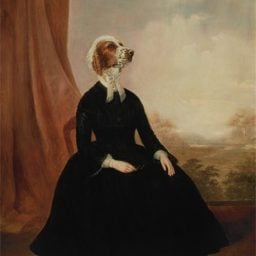
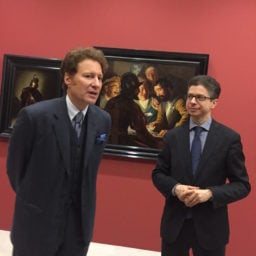
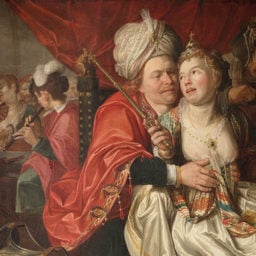

No comments:
Post a Comment